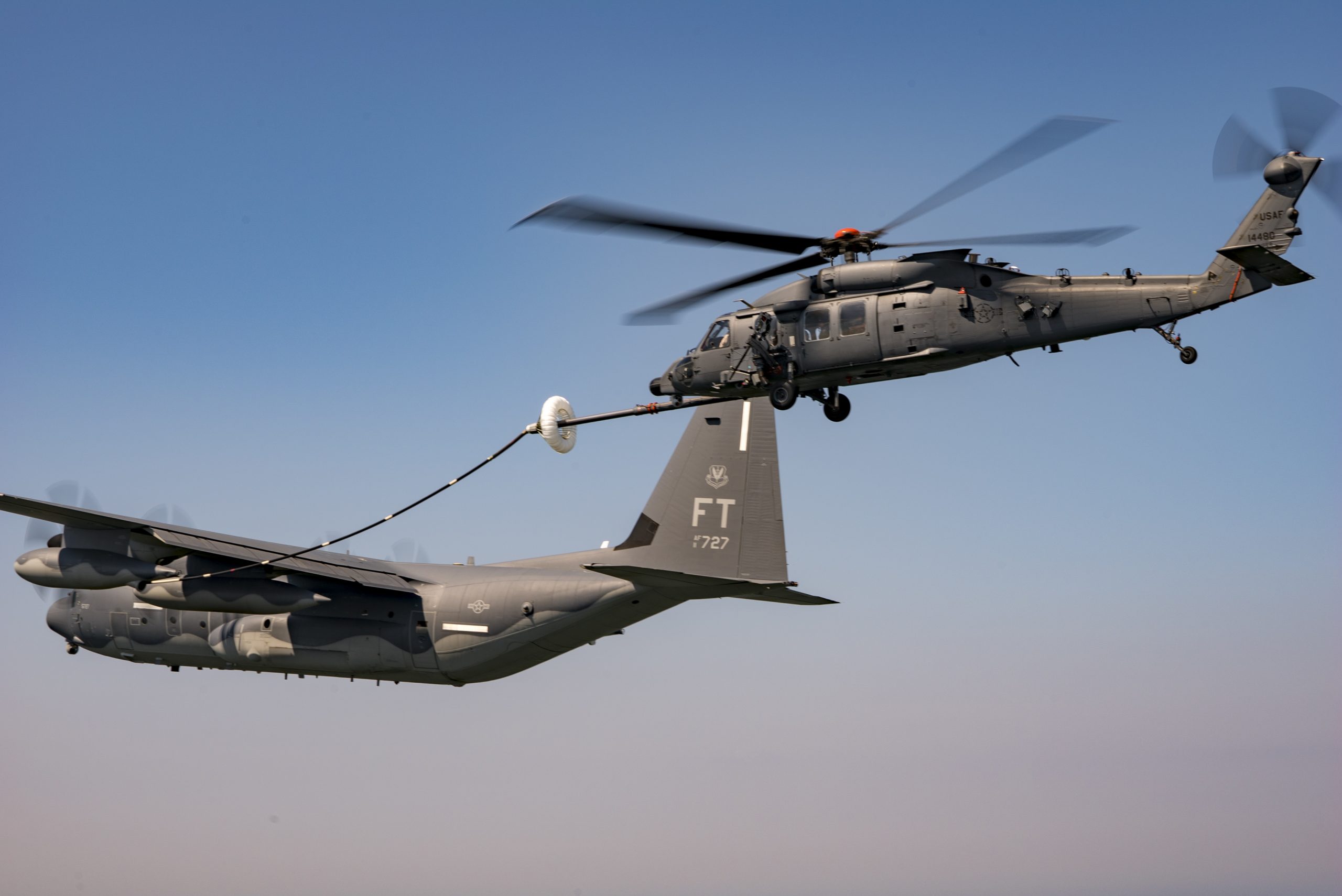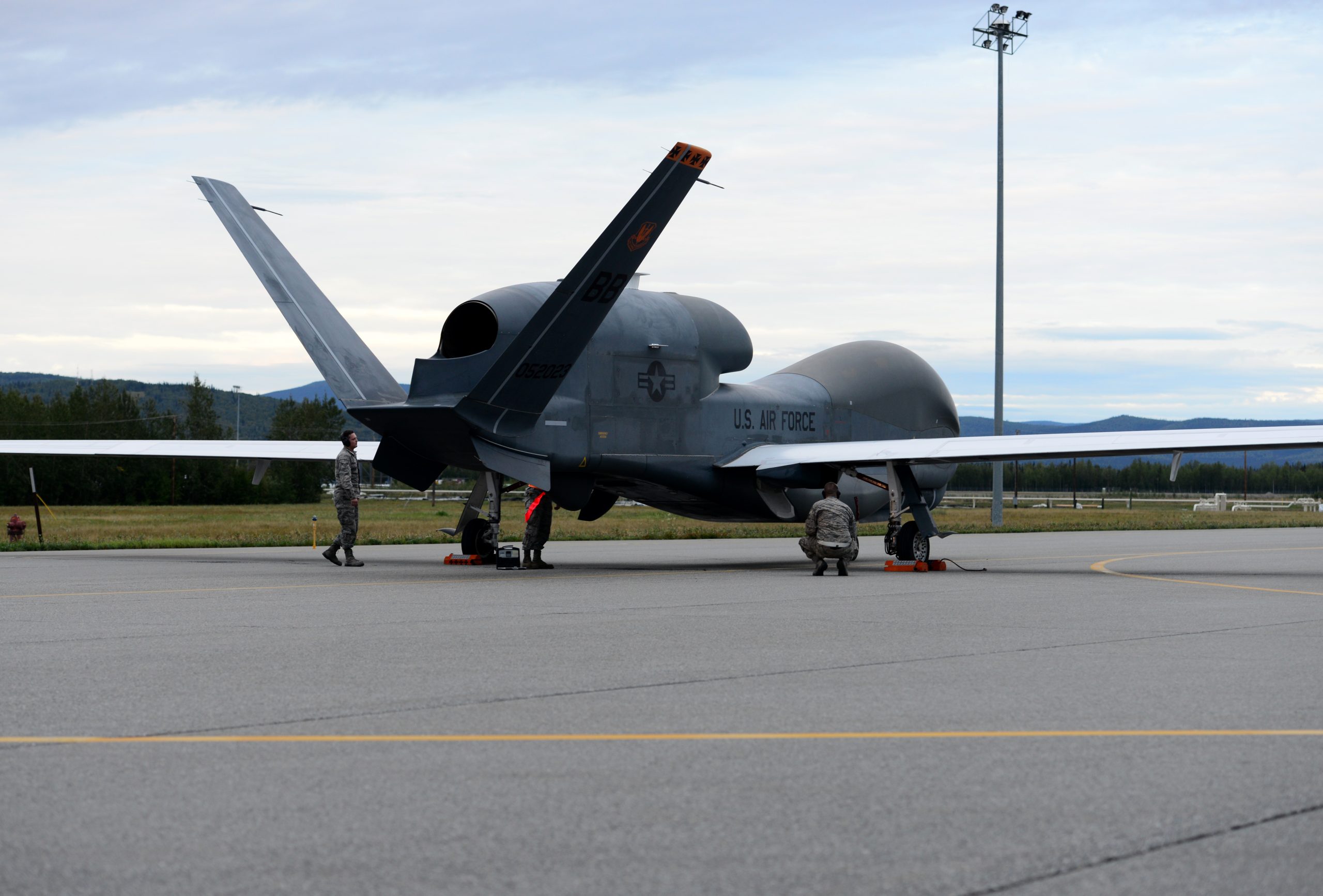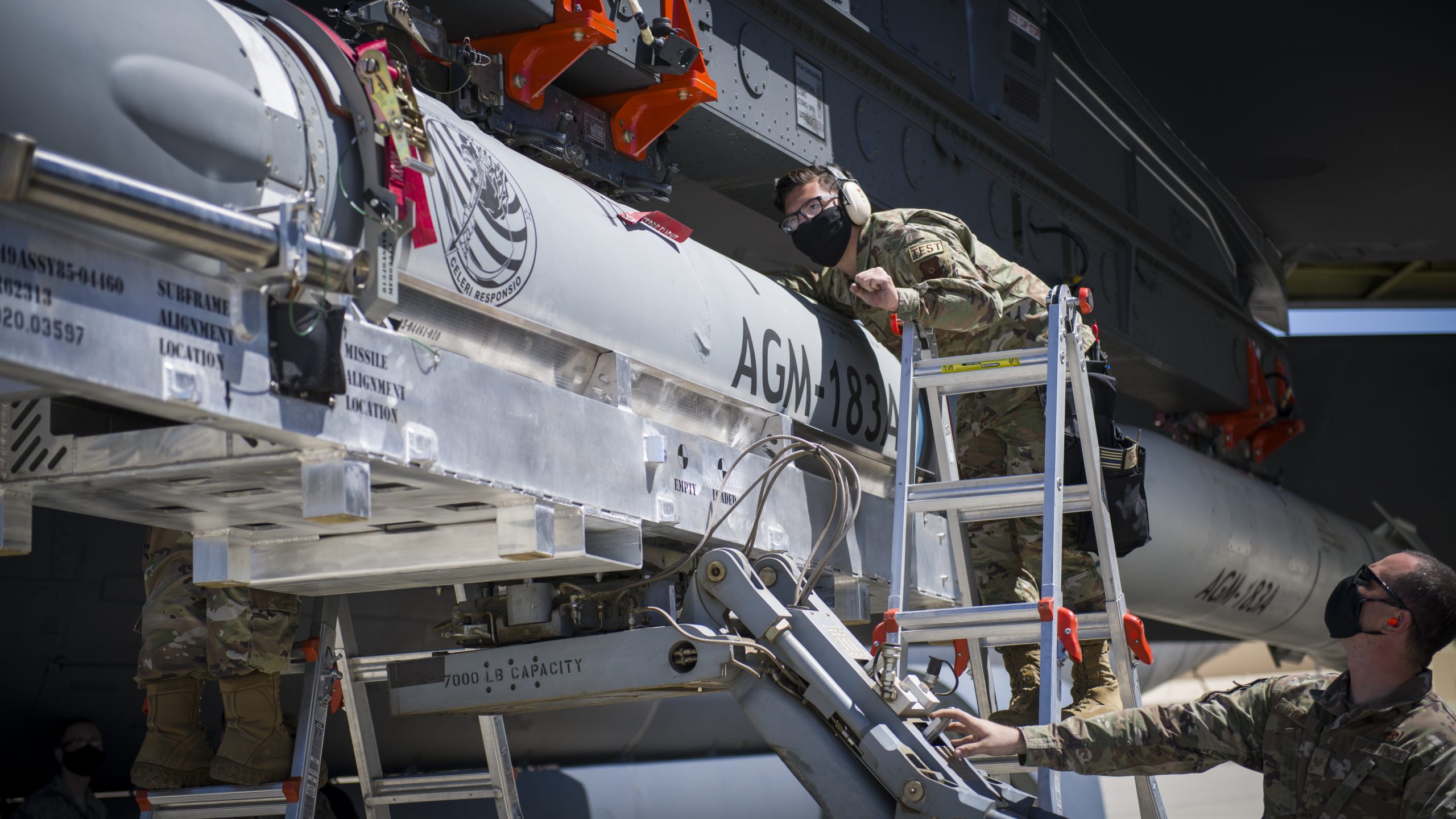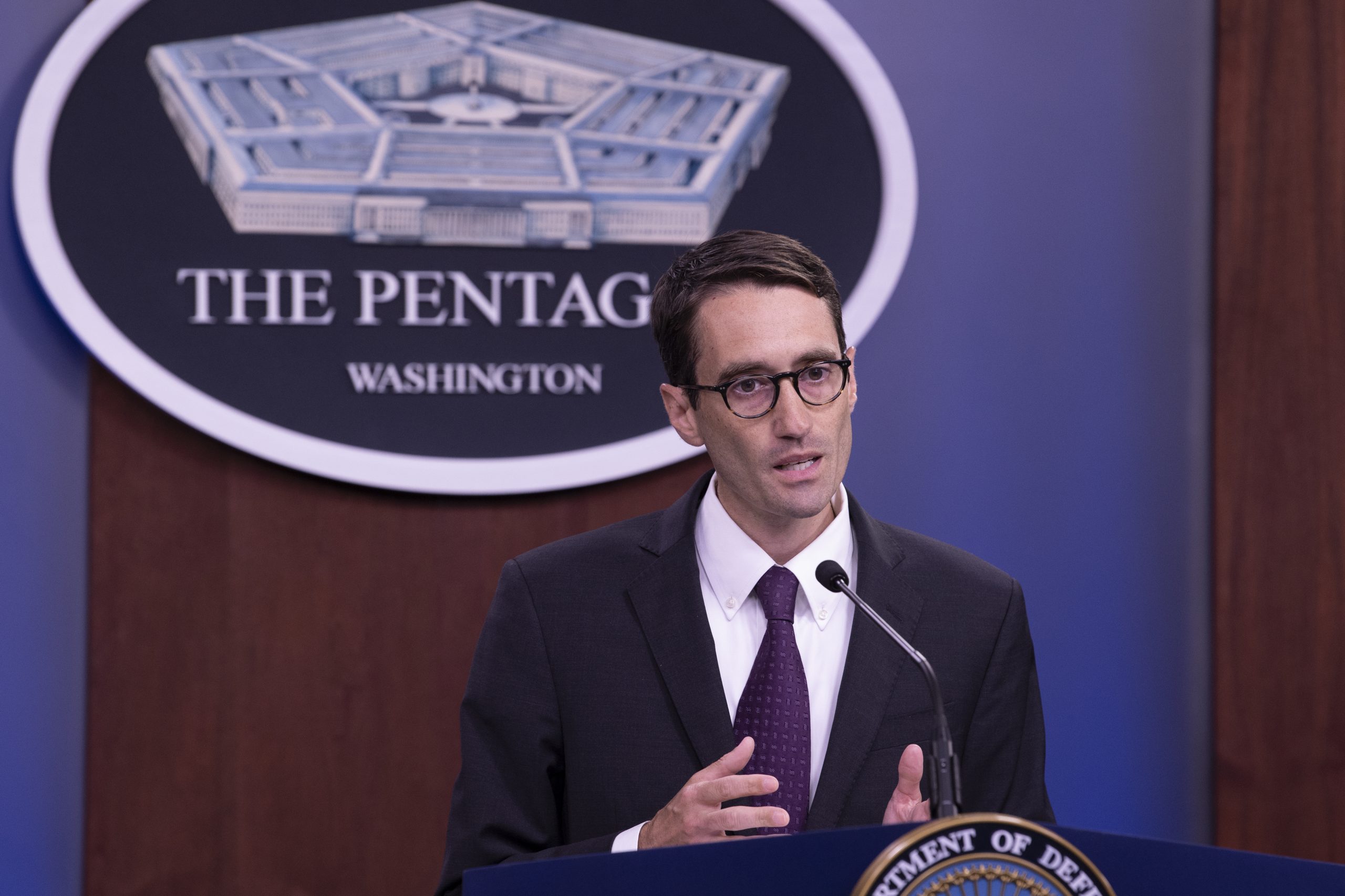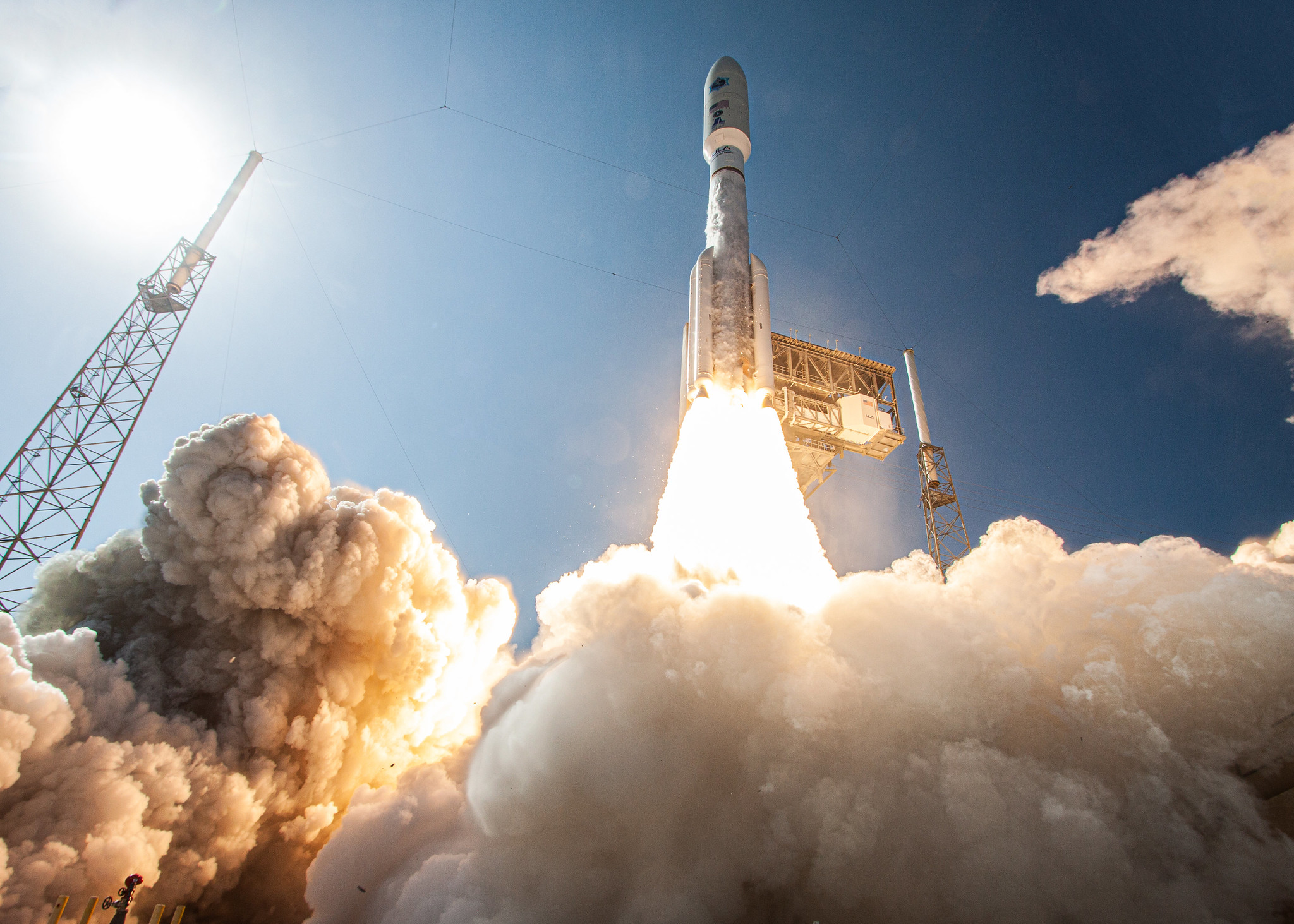The Air Force’s new combat search and rescue helicopter completed its first aerial refueling on Aug. 5 at Eglin Air Force Base, Fla.
Air Force and Sikorsky pilots flew the HH-60W Jolly Green II at 110 knots to connect with an HC-130J tanker during the initial test, which lasted just under two hours. The 413th Flight Test Squadron at Eglin will spend two weeks testing the Jolly Green II’s aerial refueling capabilities, according to a USAF release
“[Aerial refueling] is essential for the combat search and rescue mission since it greatly extends the operating range of the aircraft and thus allows the unit to extend their rescue capabilities over a larger battle space,” said Joe Whiteaker, 413th Flight Test Squadron Combat Rescue Helicopter flight chief, in the release.
The aircraft has already gone through an array of other tests, including defensive systems capabilities and handling in different types of weather.
“It’s rare for a test pilot to have the opportunity to test a new aircraft replacing the one he or she flew operationally and to be the first one to do something like this,” said Maj. Andrew Fama, 413th FLTS, the Air Force pilot for the refueling mission. “It was an honor to be the pilot to fly this mission and work with a truly professional test team.”
The initial tests were successful, and future missions will work to find out any potential hazards in the new helicopter before it replaces the HH-60G.
“The aircraft performed flawlessly during the testing and met all of the program objectives,” said John Biscaino, Sikorsky’s test pilot.
The Air Force plans to purchase up to 108 HH-60Ws to replace the HH-60G Pave Hawk. Jolly Green II’s primary mission will be to conduct search and rescue operations in hostile environments, but it also will be available for a variety of disaster response and civil search and rescue missions.
